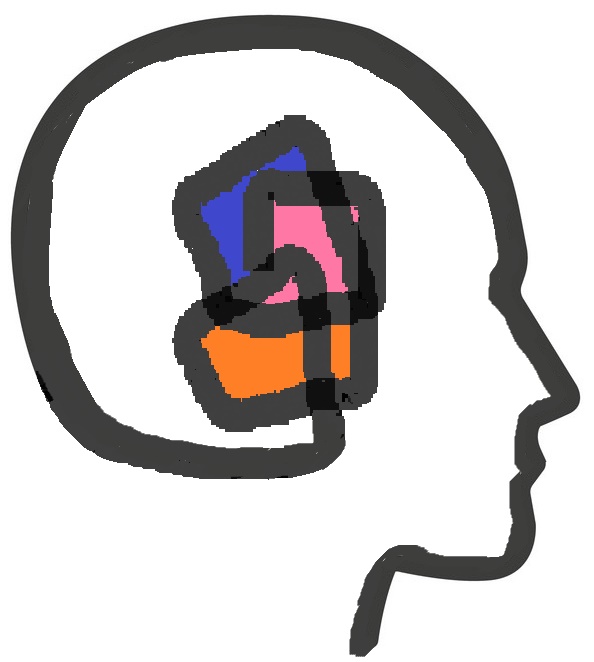Many of the conveniences of our western society have predisposed us to a great deal of sedentary behaviour, which consequently have led us to a suffering of more musculoskeletal disorders. Proper health, functional independence and overall quality of living are all dependent on one’s body composition, muscular strength and power, as well as balance, flexibility, coordination and postural stability. Vianna and colleagues (2007) showed that as early as 35 years of age, people begin to lose strength in their upper and lower extremities, as well as their trunk muscles. Furthermore, our behavioural tendencies as a society, to choose the drive-thru to make our bank transactions or to opt for the elevator rather than the stairs, demonstrate how we are further feeding this muscle wasting process. The term “sarcopenia” describes this age-related degenerative process of musculoskeletal strength loss, which affects older adults. Sarcopenia causes a decrease in muscle mass, a reduction in the number and size of type II muscle fibres, and a decrease in motor units (Frontera, 2000).
This muscle wasting process is relevant with certain populations because it directly affects their ability to perform tasks of daily living at home and in the community, as well as influencing their risk of falling. The functional task of sitting and rising from the floor has been well researched in the literature, and has been closely linked to risk of falling, as well as the capacity to return to an upright position once having fallen (Alexander et al., 1997). The Sitting-Rising Test (SRT) is a simple screening tool to assess the strength and/or joint flexibility of an individual’s musculoskeletal fitness by evaluating their ability to sit and rise from the floor (Araujo, 1999). Brito and colleagues (2012) performed a retrospective cohort study, where 2002 subjects, ages 51 to 80, were followed for a 14-year period to determine how musculoskeletal fitness influences the risk of all-cause mortality. The evaluators would instruct the subjects, “Without worrying about the speed of movement, try to sit and then rise from the floor, using the minimum support that you believe is needed.” The subject started with a total score of 10 points, five points were earned for their ability to transition smoothly from a standing to sitting position to the floor, and five more points to rise up smoothly to a standing position from sitting. One point was deducted for each limb support used (hand, forearm, knee and side of leg). The results of the research article demonstrated that there was a five-to-six times higher risk of all-cause mortality for subjects who had a lower score range on the SRT, suggesting a 3-year shorter life expectancy for this group of subjects. The authors of the study also noted that there was a 21 percent reduction in all-cause mortality for every one point the subject gained on the SRT score. On the other hand, a high SRT score indicated a reduced risk for falls. This is significant because a high SRT score may be used as a predictor to reflect an older adult’s capacity to safely and successfully bend forward to pick up a newspaper from the floor, or even to pick up one’s slippers from beneath a table.

